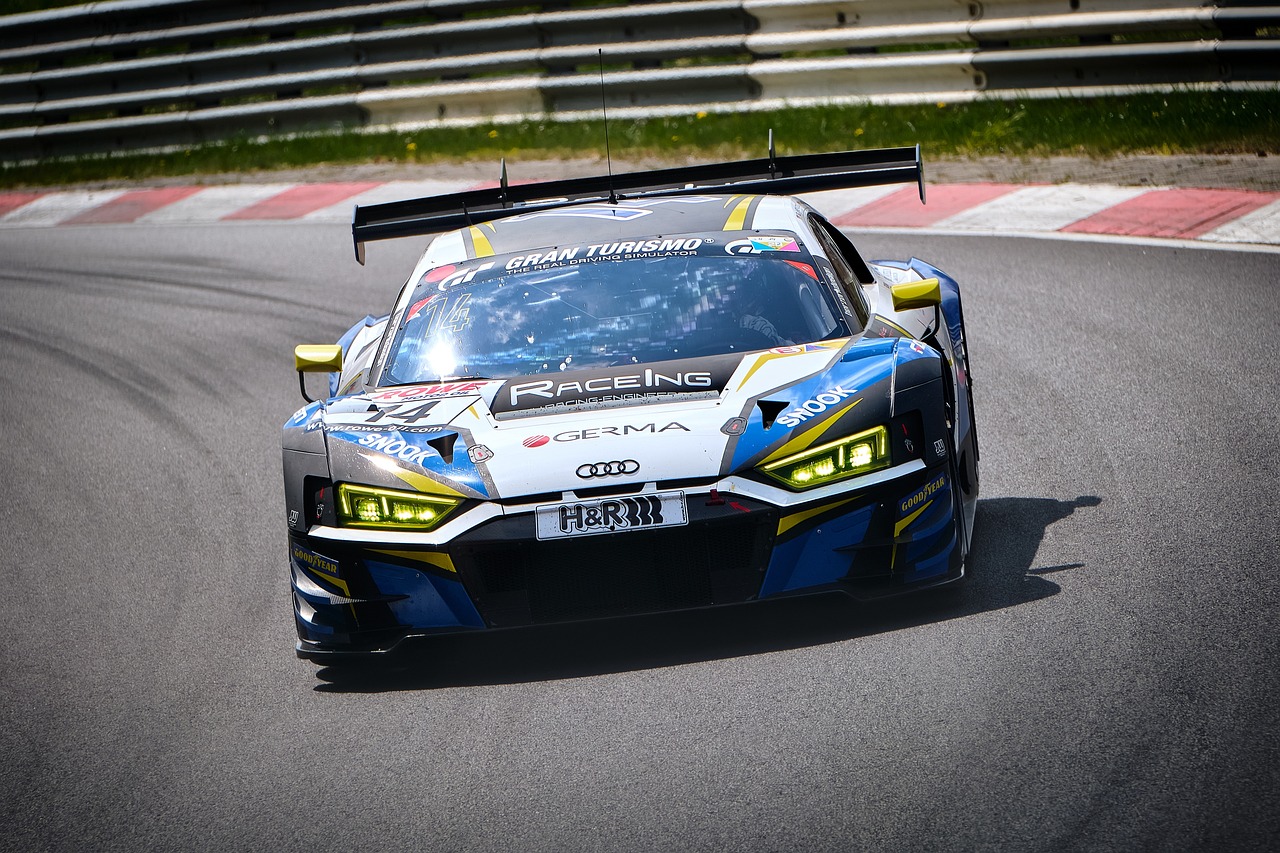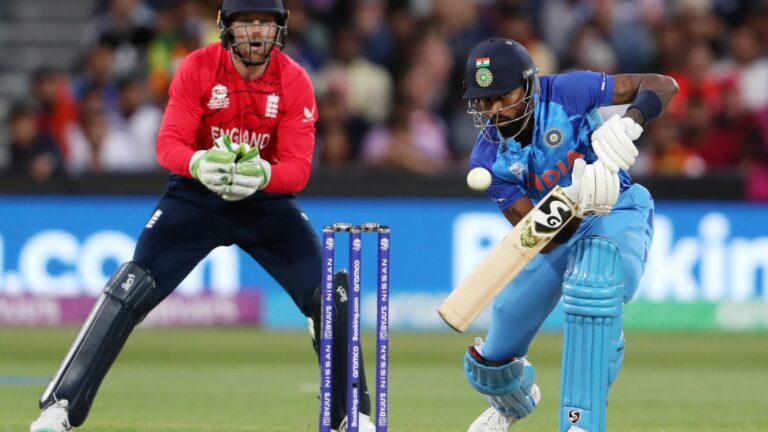Exploring the Art of Cricket Photography
Online Cricket ID, Play99exch: Cricket photography has a rich history that dates back to the early days of the sport. In the late 19th century, as cricket grew in popularity, so did the interest in capturing moments of the game through photography. Pioneering photographers began to experiment with capturing the fast-paced action on the field, often using cumbersome equipment that required skill and precision to operate.
As cricket continued to gain momentum around the world, so did the art of cricket photography. Photographers tirelessly worked to innovate their techniques and equipment, striving to freeze moments of intense competition and athletic prowess in time. Over the decades, advancements in technology have revolutionized the way cricket matches are captured on film, enabling photographers to seize even the most fleeting moments with stunning clarity and detail.
The Importance of Lighting in Cricket Photography
When photographing cricket matches, one of the most crucial elements to consider is lighting. The right lighting can enhance the details of the players, the movement of the ball, and the overall atmosphere of the game. Inadequate lighting can result in blurry or underexposed images that fail to capture the intensity and excitement of the match.
To make the most of lighting in cricket photography, photographers should pay attention to the direction and quality of light available at the venue. Shooting during the golden hours of sunrise or sunset can provide soft, warm light that adds a dramatic effect to the images. Artificial lighting, such as stadium floodlights, can also be utilized to create dynamic and well-lit photos, especially during evening matches.
Capturing the Action: Tips for Shooting Cricket Matches
When capturing the action of a cricket match through photography, timing is crucial. Anticipating the key moments and being ready to press the shutter button at the right time can make all the difference in getting the perfect shot. Keep your focus on the players, especially the batsman and bowler, as they are the central figures in the game, and try to capture their expressions and movements in a dynamic way.
Another important aspect to consider when shooting cricket matches is the angle of your shots. Experiment with different perspectives, such as shooting from low angles to highlight the power and intensity of the players, or capturing aerial shots to showcase the overall dynamics of the game. These varying angles can add depth and interest to your cricket photographs, making them more engaging for viewers.







